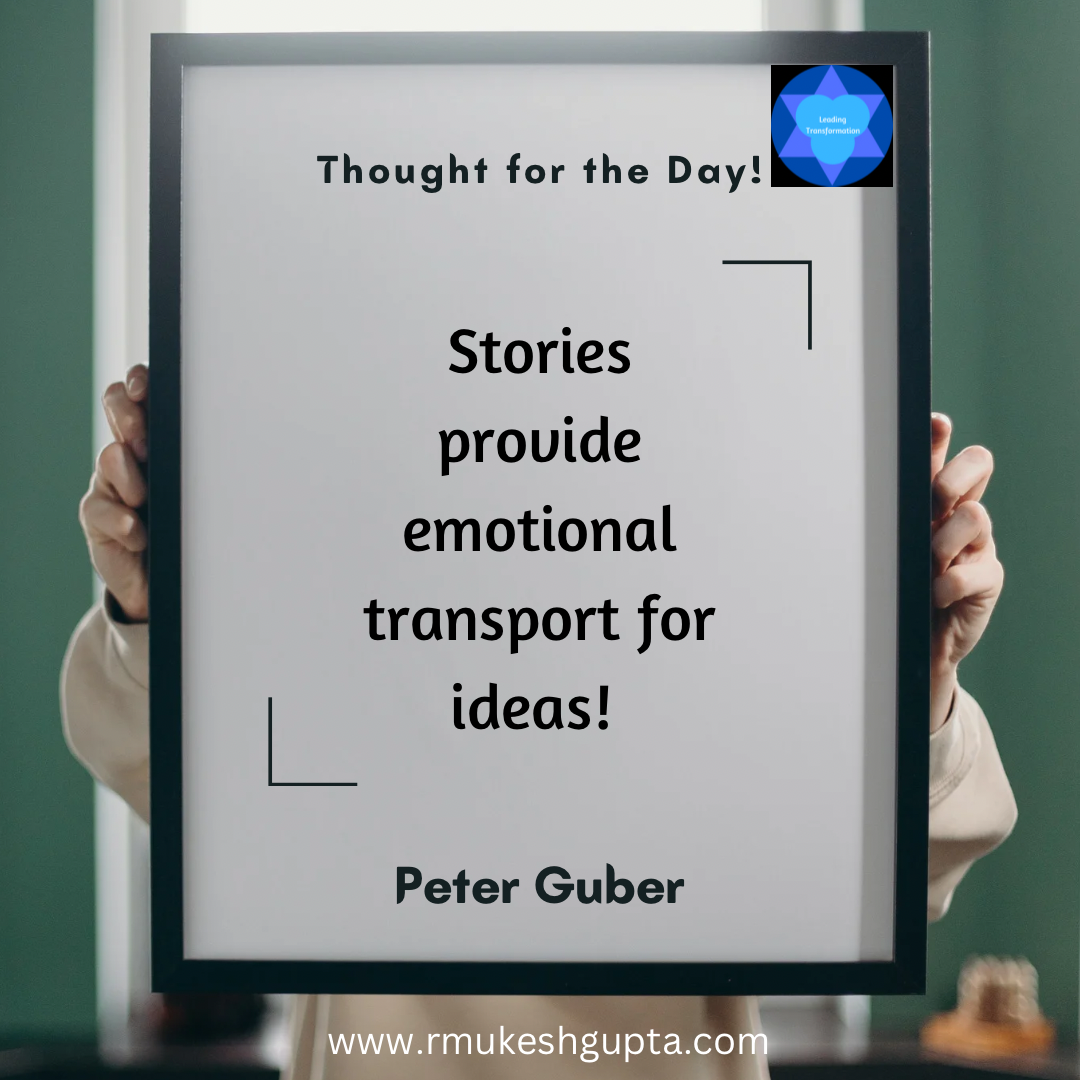One of the key skills that organisations need to learn in a VUCA world is organisational agility. The only way that an organisation can build agility is when the flow of information is quick and as far as possible, unfiltered and bi-directional.
It is not enough for leaders to share their visions, plans, strategies and the impact these are having on the business and their customers.. It is as much, if not more critical that they get first hand unfiltered feedback from the people who are at the frontline, employees who are interacting with the customers and partners and vendors..
These are the people who can see if the strategy and the plan is working as it should or not.. They are the ones who see how is the competition is reacting to the strategy or what the customers and prospects are talking about, which could potentially be turned into a product or a service that can be the next block buster.
This is not what happens in most organisations.. The information flow is one way.. From top to bottom.. All information that goes in the opposite direction is conditioned information.. information that people in the chain think that will please the person just above them.. Most leaders realise this fact and take this into account in their decision making thinking that it is a cost of doing business.
However, in an environment where agility is not just a nice-to-have thing but is critical to survival, leaders can’t afford to have this information disparity..
There are two different approaches to deal with this situation to increase the agility of the organisation significantly – move the decision making as close to the market/customer as possible or shatter the information asymmetry by creating neural information networks where people know that you get information from various levels and sources about any given situation.
Tactical Decision making As close to the customer as possible:
This is the ideal scenario where the job of the leader is to continuously talk about what the organisation is striving for and why. They leave the how to the respective teams. This is the case where the frontline teams decide the tactic for achieving the goals of the organisation based on the vision that the leaders have painted for them. This is the model that i wrote about as organisational model moving from a pyramid to concentric circles in an earlier blog post. However, this requires a big shift in the culture of the organisation and so extremely difficult to implement in an existing business.
In order for this tactical decision making to work at the frontline, the frontline teams need to be able to sense and learn fast. They need to be able to observe all that is happening in the environment and share it with other front line teams quickly and seamlessly so they can learn together and grow together as teams.
This meta skill for the teams to learn together can prove to be the key for organisations to succeed in the future.
Neural Information Networks:
Just like human brain received inputs from various sources (visual, auditory, kinaesthetic), leaders need to create multiple sources of information that feeds them information about the same situation. This not only helps the leaders to see things from multiple perspective, it also allows them to test the abilities of their frontline managers and executives and can serve as the first step in the transformation of the organisation to a model of decentralised decision making. They can do so by
- Not shooting the messenger when they bring bad news but welcoming them as they are providing you an opportunity to improve and get better.
- Randomly go directly to the source of the information about the situation and ask to hear from them directly.
- Shadow your key frontline people to get a sense of what the market and the customers really talk about and the perception that they have about their organisation.
As a leader, what is your leaning towards? Would you rather move the tactical decision making closer to the customer or create an information flow so that you get to know the reality and that too in as close to realtime as possible so that you can take the decisions yourself.
This style or preference has a huge impact on the kind of people you hire and the kind of culture that you create for the organisation.
What is your preference?





